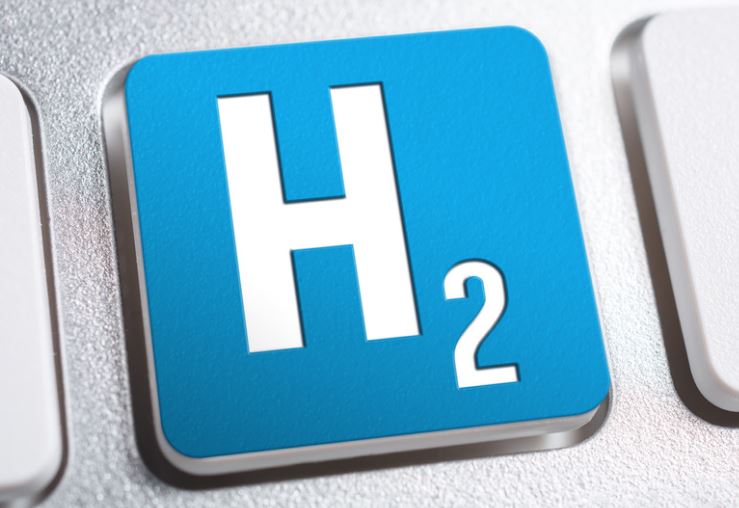Published in the International Journal of Hydrogen Energy, this research paper by Saeed Jamal explores how the addition of niobium (Nb) enhances the resistance of 34MnB5 press hardened steel (PHS) to hydrogen embrittlement (HE).
Hydrogen embrittlement poses a significant challenge to press-hardened steel, particularly when used in automobile structures that demand high strength and lightweight solutions. As the automotive industry seeks to improve energy efficiency and reduce emissions, ultra-high-strength steels are gaining attention. Nonetheless, their susceptibility to hydrogen-induced damage remains a problem.
The study developed four new alloy compositions of press hardened steel, incorporating varying amounts of Nb: 2NB, 5NB, 9NB, and 12NB (with Nb percentages of 0.02, 0.05, 0.09, and 0.12 wt%). The research aimed to enhance the HE resistance compared to traditional 34MnB5 steel by introducing refinements in microstructure through controlled Nb addition.
Microstructure and Carbide Precipitation
Advanced microscopic techniques, including SEM, EBSD, and TEM, were employed to analyze the microstructure and assess the hydrogen embrittlement resistance across these steel variants. The study identified a martensitic microstructure in all compositions, with prominent carbide formations in the higher Nb-content steels which play a crucial role in strengthening the material against hydrogen dispersion.
The findings demonstrate that niobium contributes significantly to grain refinement and the formation of microstructures that enhance mechanical properties of the steel. During the manufacturing process, niobium alloys enter solid solutions, promoting the evolution of steel microstructures such as low-angle grain boundaries and nano-scale precipitates. These structural features are vital in mitigating hydrogen-induced damage.
